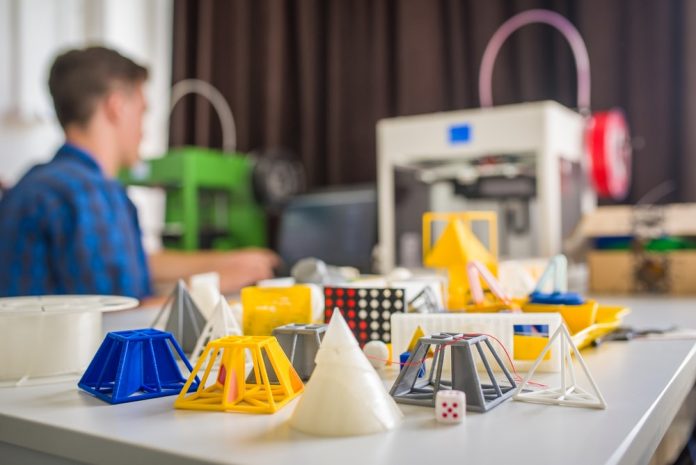By Wendy Dessler
Having an idea is just the tip of the iceberg when it comes to creating something new. Even the best ideas, that have the potential to be life-changing, should follow a rigorous process to get it to market.
When you have a great idea for an invention, whether it’s something entirely new or inspired by a similar product, you’ll need to put in some hard work to make it profitable. Here are five tips for successfully turning your ideas into products.
Do Ample Market Research
Market research is a necessity when looking at launching something new. It allows you to determine if there is anything similar on the market, serving as competition, who and where your target customers are, and directs how your product should be priced and marketed.
To be successful, you’ll want to do both primary and secondary research: research that you conduct yourself and research that has already been put together by someone else, respectively. Secondary research may include looking at studies compiled online, while primary research may include putting together a focus group after completing the next step listed below.
Prioritize Prototyping
Prototyping is an essential part of the new product development process, as we read here. Not only does prototyping allow you to identify what parts of your product do and do not work before scaling up, but it can also help you determine if the production process is efficient or if anything needs to change.
You may also discover during this process, that while the prototype works, the production requirements are too expensive to be able to make your product profitable. This will either lead you to investigate other methods or stop the project before investing more time and money. Ultimately, the prototyping phase saves both.
Legalize It Whenever Possible
If you have a new idea or production process, you’re going to want to register it with a patent. Additionally, you’ll want to look at the patents similar to your product and ensure that you aren’t going to end up with a hefty lawsuit moving forward.
In most cases, unless your idea is entirely new and unique, patents aren’t necessary or even possible to attain. What you can do to protect your idea is to write it down in the form of a legal document, outlining all the details about the process and product itself, and have it signed by witnesses and notarized. Not only does this save you time and money on what could be a product ineligible for a patent, but it also serves as a legal document if you ever get summoned to court.
Create a Marketing Plan
Once you have a prototype that works, legal documentation in place, and lots of research to support your idea, it’s time to think long and hard about how you’re going to sell it. Creating a marketing plan will help identify your promotion strategy, pricing, and where you’re going to try to sell it (retail stores, wholesale, etc.)
This is also the perfect time to work on sales presentations and your elevator pitch. It’s not enough to know who you’re going to try and sell it to, you need to know how you’re going to convey why they need your product. It’s important to remember that consumers make the majority of their purchases based on emotional responses. Think about what problem your product is the solution for when it comes to consumers.
Continuously Test and Adjust
Your work isn’t over once your product launches. In fact, some would say that it’s just beginning. As your product starts to sell, you may identify other, similar ideas that could have merit. You may also get a lot of feedback from customers stating “this product is great, but it would be better with x.”
Swifter is the perfect example of a product that has evolved since it first hit the market in the early 2000s. The dry cloth offered by Swifter was soon partnered with Swifter wet products, which later evolved into the WetJet. There have been numerous variations of the product based on customer feedback and demand. Over the past 20 years, Swifter has become a brand worth more than 500 million dollars.
While it can be tempting to rush through the process of creating new products, it’s essential that inventors and manufacturers slow it down and complete all of the necessary steps to ensure that the launch will be worthwhile. This is the main key to success and profitability.
Wendy Dessler is a super connector who helps businesses find their audience online through outreach, partnerships and networking. She frequently writes about the latest advancements in digital marketing and focuses her efforts on developing customized marketing plans depending on the industry and competition.
Product prototype stock photo by napocska/Shutterstock







